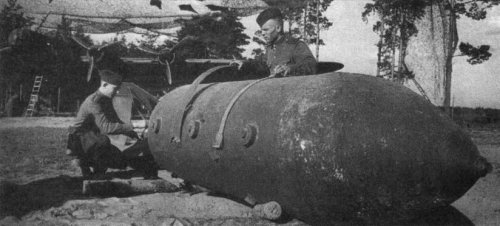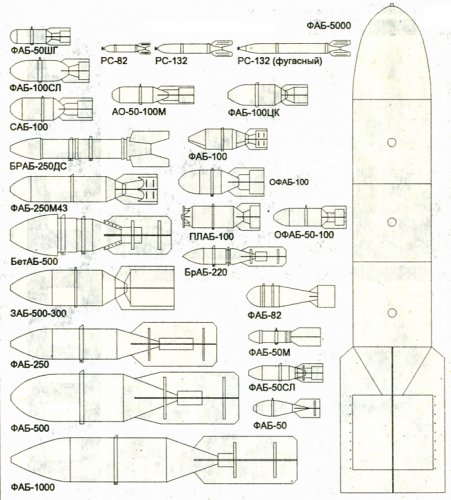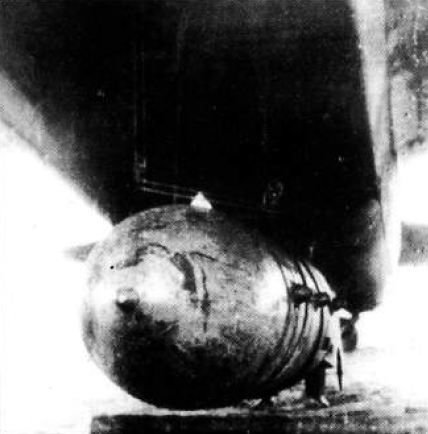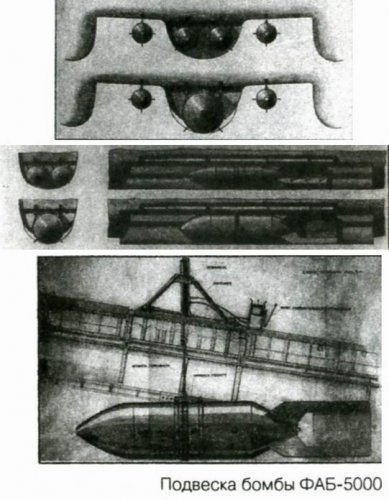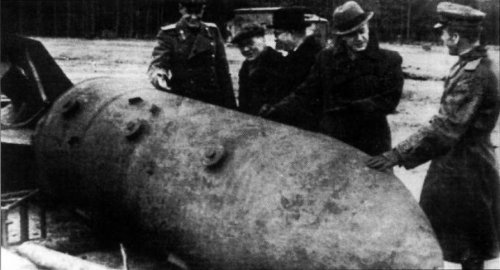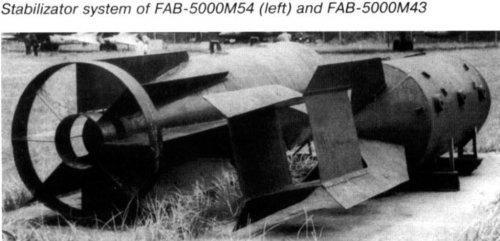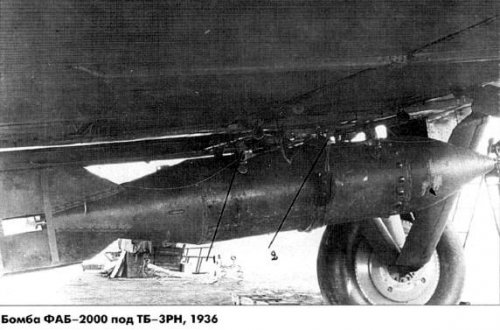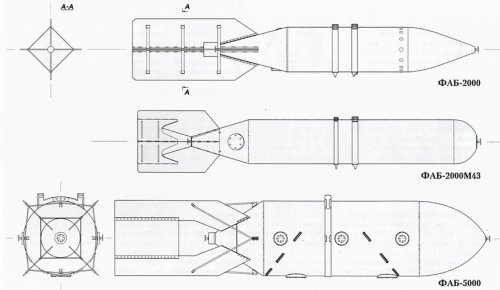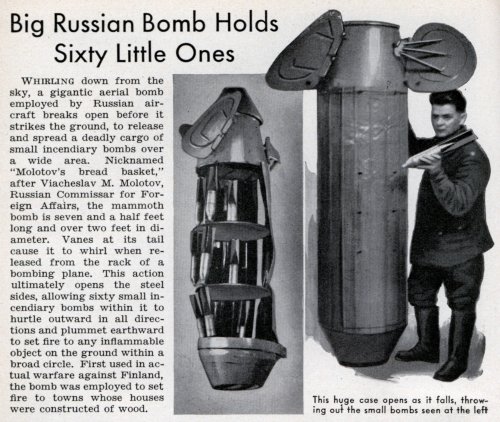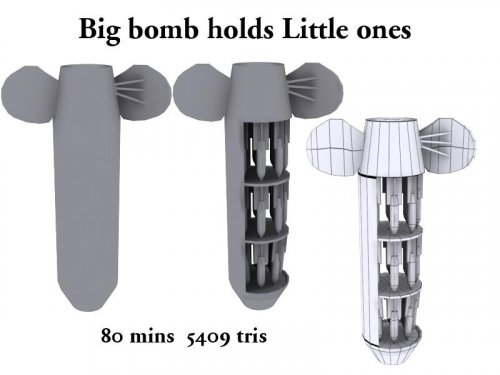Hi All,
The Russians have developped large conventional bombs during WW2 (FAB 2000, FAB 5000...). These are lesser known than their British counterparts and infos relating these device are scarce (secret weapons ?). Does anyone has infos (photographs, drawings) of these particular devices ?
Was the FAB 5000 the largest of all ?
I hope to hear from you soon !
Regards,
J.C.D
The Russians have developped large conventional bombs during WW2 (FAB 2000, FAB 5000...). These are lesser known than their British counterparts and infos relating these device are scarce (secret weapons ?). Does anyone has infos (photographs, drawings) of these particular devices ?
Was the FAB 5000 the largest of all ?
I hope to hear from you soon !
Regards,
J.C.D

